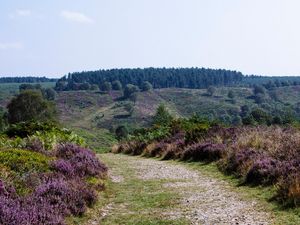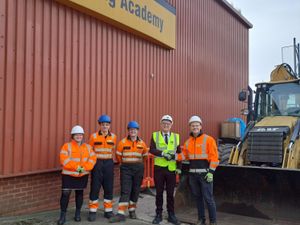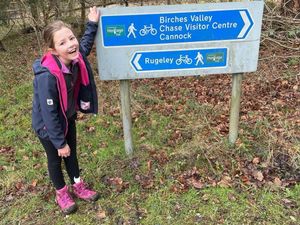Dig begins on Cannock Chase to uncover unique wartime model
A dig to uncover a scale model of one of the First World War's bloodiest battlefields created by surviving soldiers in tribute to their dead comrades is getting under way on Cannock Chase.
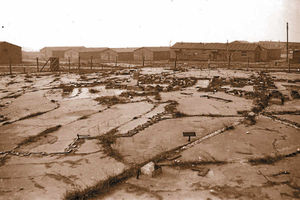
Archaeologists will begin charting the site in Staffordshire, which is the only example of its kind left in the UK.
It was planned out in painstaking detail by troops returned from the Battle of Messines on the Western Front, fought in June 1917.
Experts said the terrain model was built not only as a training aid for other soldiers at Brocton Camp but in recognition at the horrific toll of slaughter the battle – fought around the landmark Messines ridge – took on the brigade.
The ridge formed an anchor in the German front lines but the week-long offensive of infantry attack, aerial bombardment and heavy shelling resulted in an Allied victory.
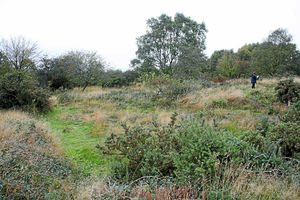
The human cost of the battle ran to 50,000 men killed, wounded or missing across both sides. The battle was fought in the build-up to the much larger Passchendaele offensive.
Staffordshire County Council is going to make a record of the model for future generations before recovering the site next month.
Leader Philip Atkins said now was the right time to carry out the dig with the centenary of the war's outbreak falling next year. He said: "We see ourselves as custodians of the land and of the memories it holds, and this is a wonderful opportunity to bring the site back to life."
The model was built by German prisoners of war, supervised by the New Zealanders, and rendered in concrete. It includes small-scale reconstructions of Messines village's buildings together with trench positions, railway lines, roads, and contours of the surrounding terrain.

Councillor Atkins added: "The idea to build a scale model was a stroke of genius and undoubtedly played a huge role in preventing the deaths of thousands of more men.
"Due to the location, scale and fragile nature of the model it is impossible for it to be moved or left uncovered, but for a brief moment in time we all be able to share with the nation, memories of a piece of Staffordshire which helped change the course of history."
Preparatory work on the site is starting today with the dig taking place next week.

